Saint-Saens: Romance for Alto Flute & Piano
 Instant Download
Instant Download
Details
Description
SKU: A0.549082
Composed by Camille Saint-Saens. Arranged by James M. Guthrie, ASCAP. Holiday,Romantic Period,Standards. Score and part. 15 pages. Jmsgu3 #3451297. Published by jmsgu3 (A0.549082).Romance Op. 36
In the first place, Camille Saint-Saëns composed Romance, Op. 36 specifically to express Romanticism. For one thing, it is a one-movement composition that he in fact composed in 1874. A point often overlooked: it is a masterpiece of the Romantic repertoire. Various arrangements certainly abound. These above all highlight the solo instrument with piano accompaniment. After all, it is a uniquely expressive recital piece that demonstrates the mastery of the instrument. It is also a showcase for musical phrasing and by all means, tone color as well.
Saint-Saëns Background
Charles-Camille Saint-Saëns (1835 – 1921) was by all means, in particular, a famous French composer. He was also in like manner a brilliant organist and significant musical mastermind of the Romantic era. Certainly, his most famous compositions, in the long run, include his Piano Concerto No. 2 (1868), Cello Concerto No. 1 (1872), and the Danse macabre (1874). Notwithstanding, we must also add the Violin Concerto No. 3 (1880), Symphony No. 3 ("the Organ Symphony, 1886") and, it must be remembered, Carnival of the Animals (1886) to the list.
Childhood
It is important to realize that Saint-Saëns was certainly, in fact, a child musical prodigy. Consequently, with this in mind he made his concert debut albeit at ten years old. Another key point to remember is that he expressly studied at the Paris Conservatoire, then in spite of reality conversely followed a traditional career path as a church organist. Nevertheless, twenty years later, on the other hand, he left to become a freelance pianist and composer despite, as has been noted, his former employment situation. Furthermore, his performances were after all markedly in demand - not only Europe but above all in the Americas all in all as well.
Youth
A point often overlooked in that in his youth, Saint-Saëns was certainly excited about the modern music of the day. He was in essence fond of the music of his contemporaries, in particular, Schumann, Liszt and for the most part Wagner. In contrast, however, his own compositions seemed in fact largely confined within the conservative classical tradition. Be that as it may, he was at the same time nevertheless, in fact, a scholar of musical history.
Criticism
On the whole, his conservatism in fact ultimately brought him into frequent conflict in his later years with composers of the impressionist and in particular the dodecaphonic schools of musical thought. A point often overlooked is that contrary to some critics, he included neoclassical elements in his music. Furthermore, in so doing he provided the most compelling evidence that he predicted the techniques and works by Stravinsky and Les Six. To put it another way, given these points, he was regarded, perhaps for the most part unfairly so, as a non-progressive reactionary henceforth around the time of his passing.
Legacy
To sum up, Saint-Saëns taught for a short time in Paris, where his students included namely Gabriel Fauré. To clarify, Maurice Ravel later studied with Fauré. In conclusion, both Ravel and Fauré were powerfully influenced by Saint-Saëns, whom they respected as a musical mastermind.
This product was created by a member of ArrangeMe, Hal Leonard’s global self-publishing community of independent composers, arrangers, and songwriters. ArrangeMe allows for the publication of unique arrangements of both popular titles and original compositions from a wide variety of voices and backgrounds.
Digital Downloads are downloadable sheet music files that can be viewed directly on your computer, tablet or mobile device. Once you download your digital sheet music, you can view and print it at home, school, or anywhere you want to make music, and you don’t have to be connected to the internet. Just purchase, download and play!
PLEASE NOTE: Your Digital Download will have a watermark at the bottom of each page that will include your name, purchase date and number of copies purchased. You are only authorized to print the number of copies that you have purchased. You may not digitally distribute or print more copies than purchased for use (i.e., you may not print or digitally distribute individual copies to friends or students).
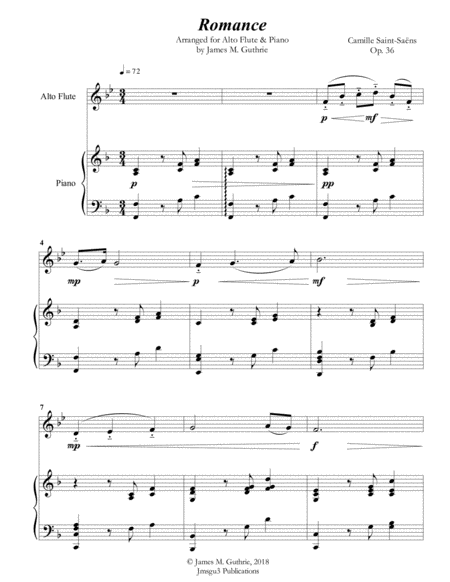
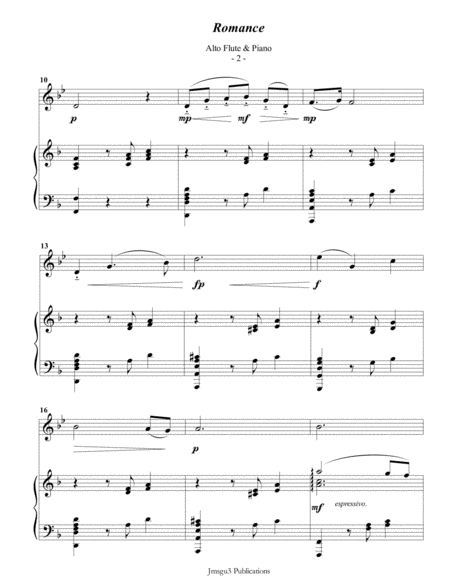
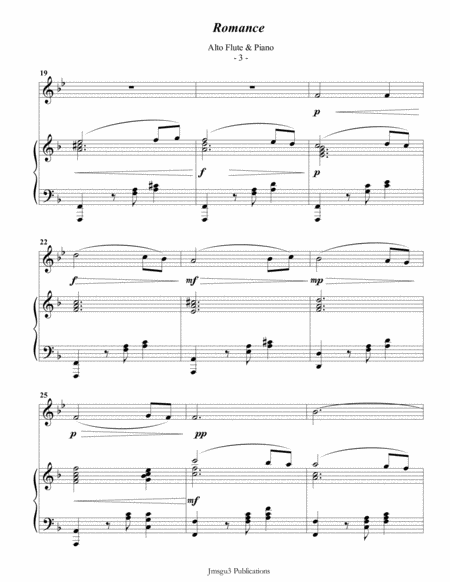
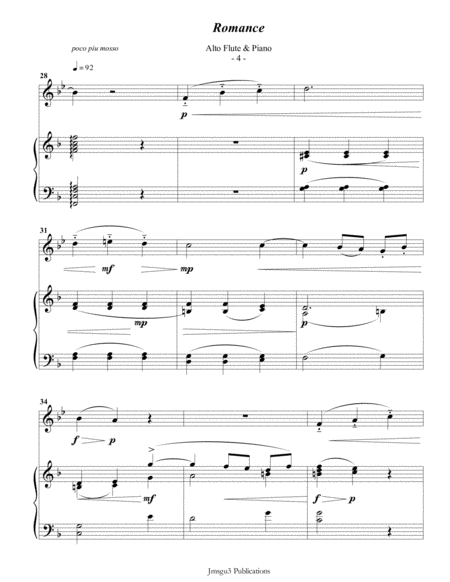
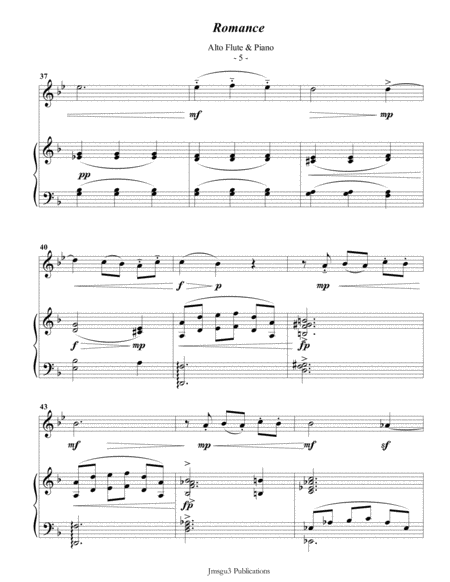
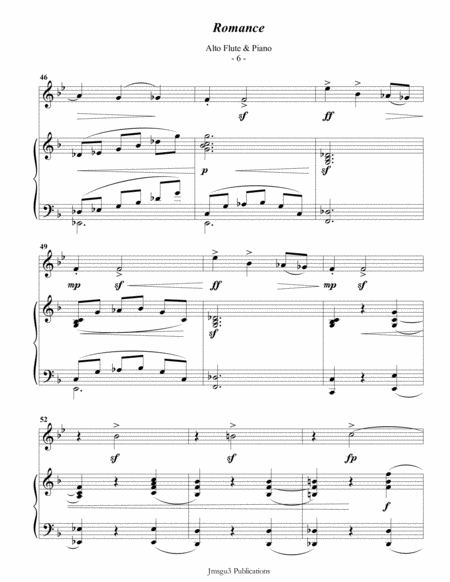
 Share
Share